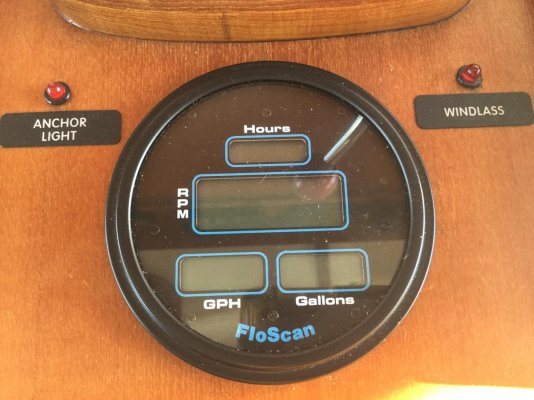I just received this from FloScan. It’s a tough market out there.
It is with regret that I must inform you that FloScan will be closing its doors at the end of February. We have had a great 40-year run but the past few years have been difficult to maintain operations and profitability. We are currently taking final orders up until the end of this month. However, the FloScan model type and quantity that we can build and ship will be subject to availability. Lastly, we are in negotiations with a buyer to take over supplying spare parts and will advise once this matter is finalized.
We sincerely appreciate your business over the past 4 decades and wish you well.
Regards,
Joe Dydasco
Sales Manager
It is with regret that I must inform you that FloScan will be closing its doors at the end of February. We have had a great 40-year run but the past few years have been difficult to maintain operations and profitability. We are currently taking final orders up until the end of this month. However, the FloScan model type and quantity that we can build and ship will be subject to availability. Lastly, we are in negotiations with a buyer to take over supplying spare parts and will advise once this matter is finalized.
We sincerely appreciate your business over the past 4 decades and wish you well.
Regards,
Joe Dydasco
Sales Manager


